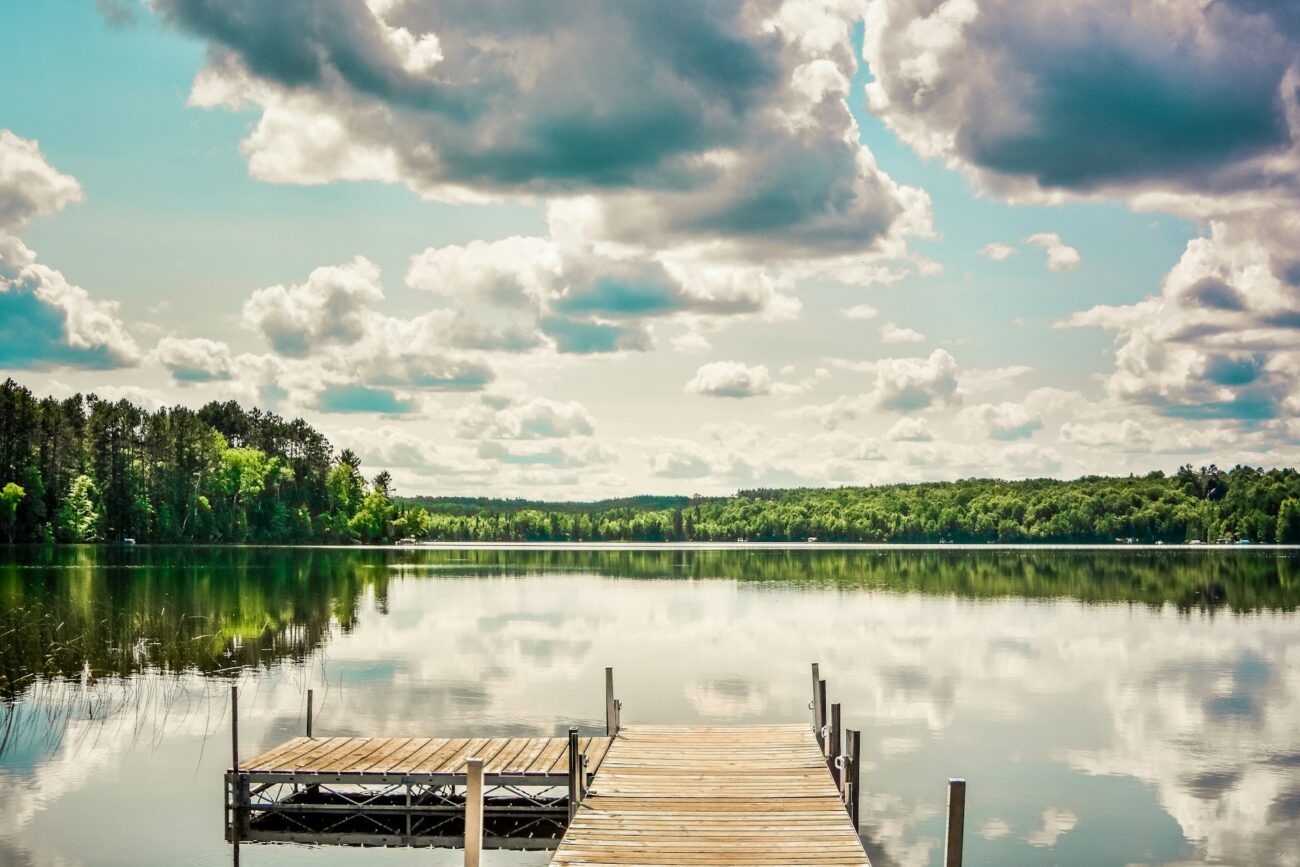The symphony of lapping waves against the shore, the golden sunlight dancing across rippling water, and the profound sense of peace that comes from staring out at an expansive lake—these are the simple yet powerful attractions drawing Americans to lakeside vacations in unprecedented numbers. In recent years, lake destinations have experienced a remarkable surge in popularity, evolving from quiet weekend retreats to premier vacation spots for travelers seeking natural beauty without international complications.
This shift reflects changing American travel preferences, with many travelers prioritizing outdoor experiences, sustainable tourism options, and destinations that offer both relaxation and adventure. As urban life grows increasingly hectic and digital connectivity more demanding, the serene shores of America’s lakes provide the perfect counterbalance—an accessible escape to nature that refreshes both body and mind.
The Pandemic-Driven Lake Boom
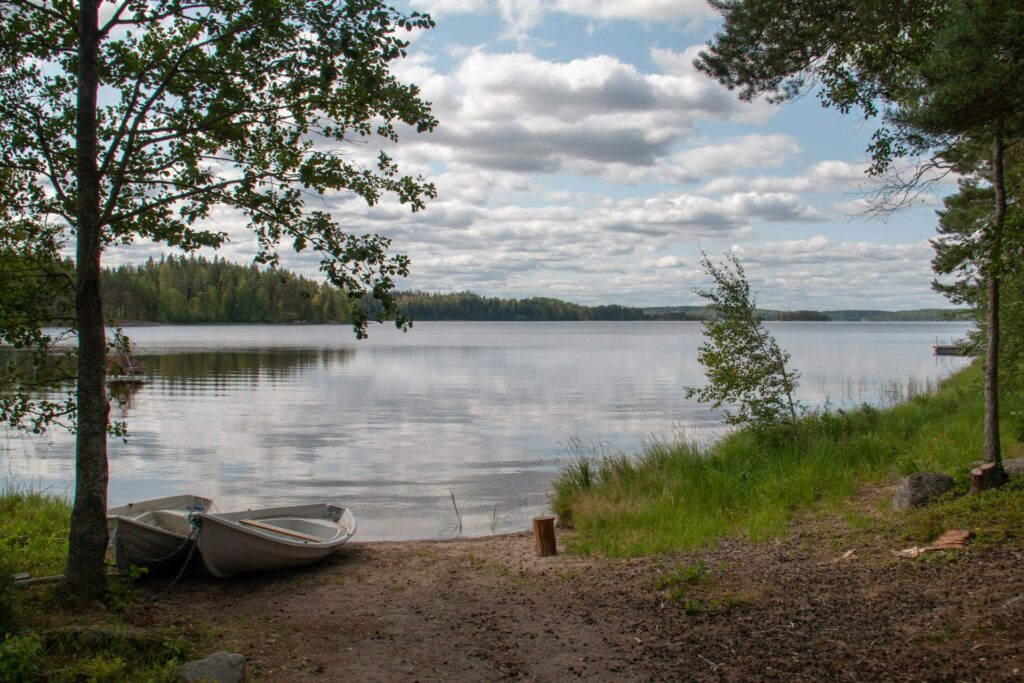
The COVID-19 pandemic fundamentally altered American travel patterns in ways that specifically benefited lake destinations. When international borders closed and air travel became complicated, Americans rediscovered domestic treasures, with lakes emerging as ideal socially-distanced getaways. Data from vacation rental platforms showed bookings for lakeside properties increasing by over 200% during 2020-2021 compared to pre-pandemic levels.
This wasn’t merely a temporary shift—the lake travel trend has maintained momentum even as other travel restrictions have eased. Many travelers who discovered lake vacations during the pandemic have continued returning, creating a sustainable boom for these destinations that shows no signs of slowing down.
The Appeal of Multi-Generational Lake Vacations
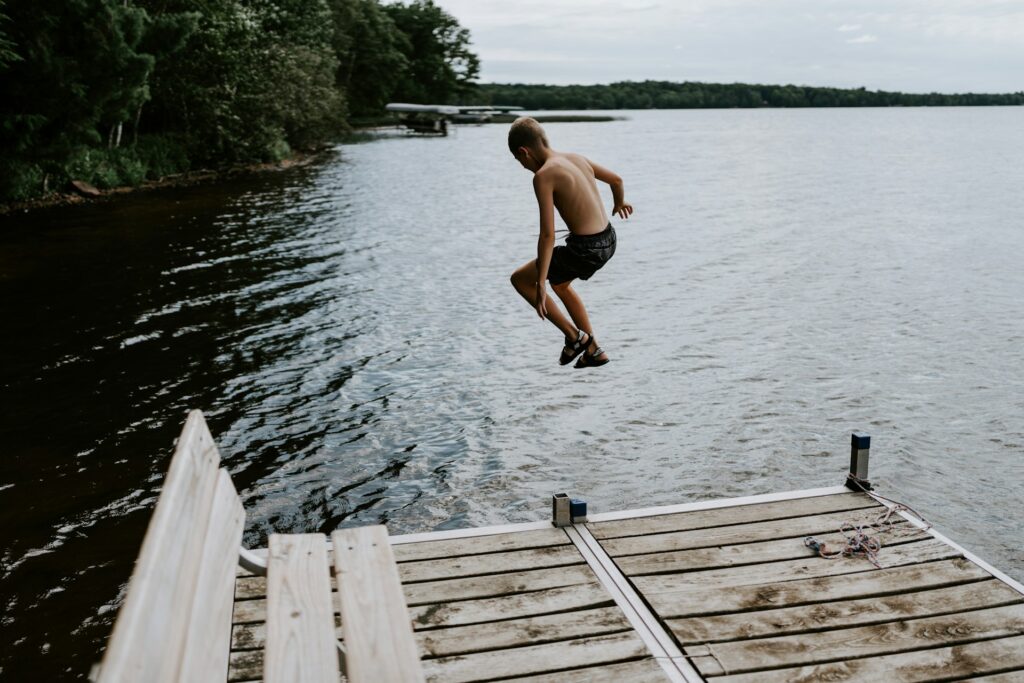
Lake destinations uniquely cater to America’s growing interest in multi-generational travel, where grandparents, parents, and children vacation together. These natural settings offer activities appropriate for all ages and physical abilities, from gentle shoreline walks for seniors to adventurous water sports for teenagers. The typical lake house or cabin, with its spacious common areas and multiple bedrooms, provides the perfect accommodation for extended family gatherings.
Unlike theme parks or urban destinations that can feel overstimulating, lakes offer a peaceful backdrop where family members can connect meaningfully through shared meals, sunset watching, or simple conversation on the dock. This multi-generational appeal has made lakes the destination of choice for important family reunions and milestone celebrations.
The Wellness Factor: Lakes as Natural Therapy
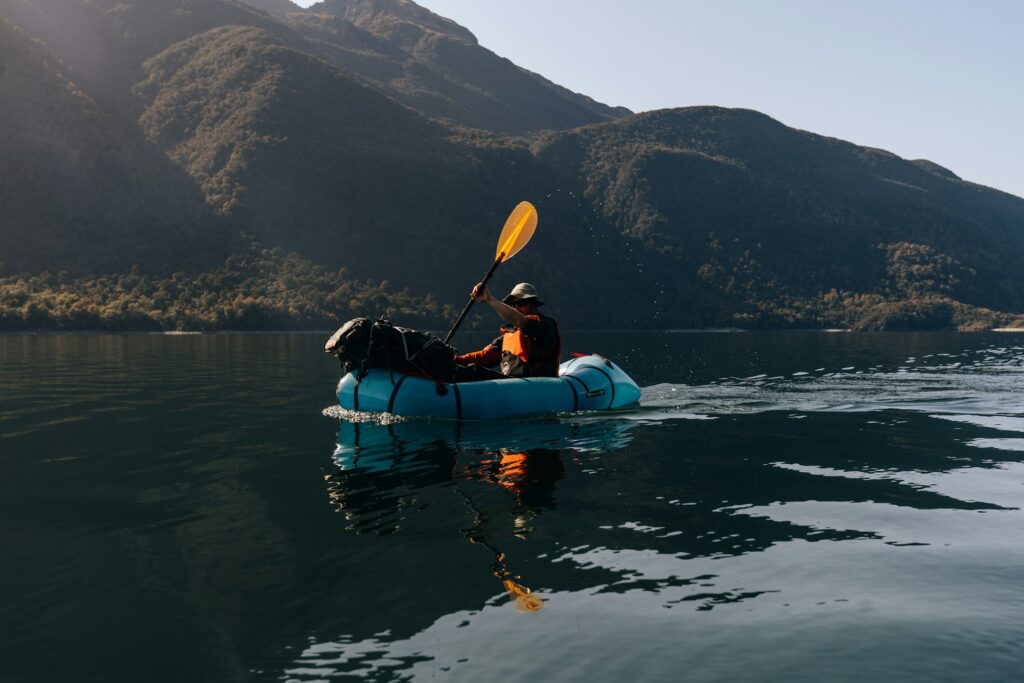
Americans are increasingly viewing lake vacations through a wellness lens, recognizing the therapeutic benefits of water-based environments. Research has demonstrated that proximity to water bodies can reduce stress hormones, lower blood pressure, and improve overall mental health—a phenomenon some researchers call “blue mind.” Lake environments combine multiple elements known to boost wellbeing: negative ions from moving water, which may reduce depression; the soothing soundscape of gentle waves; and exposure to natural light patterns that help regulate sleep cycles.
Many lake destinations have capitalized on this trend by adding wellness amenities like lakeside yoga platforms, water-view massage cabanas, and floating meditation sessions. This focus on natural wellness presents a refreshing alternative to manufactured spa experiences, attracting health-conscious travelers seeking authentic rejuvenation.
Lake Superior: America’s Freshwater Ocean
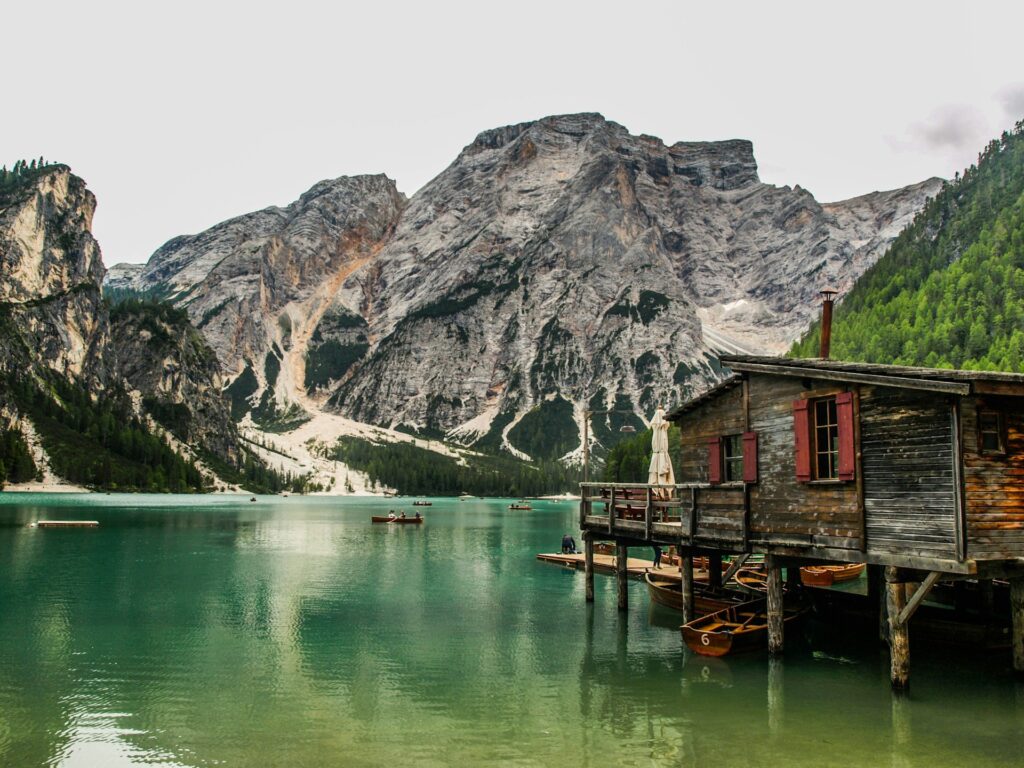
Lake Superior stands as America’s most impressive Great Lake, containing enough water to cover both North and South America in a foot of water. Visitors to its shores—particularly along Minnesota’s North Shore and Michigan’s Upper Peninsula—encounter landscapes that defy the conventional notion of a lake, with vast horizons that blend into the sky and powerful waves that crash against dramatic cliffs.
The lake’s frigid waters (rarely exceeding 60°F even in summer) create unique microclimates that support rare arctic plants and unusual geological features like the famous Pictured Rocks National Lakeshore, where mineral-stained cliffs display vibrant natural murals. Communities like Grand Marais, Minnesota, and Marquette, Michigan, offer charming bases for exploration, combining frontier history with contemporary amenities while maintaining the rugged character that defines Superior’s shores.
Lake Tahoe: The High-Altitude Jewel
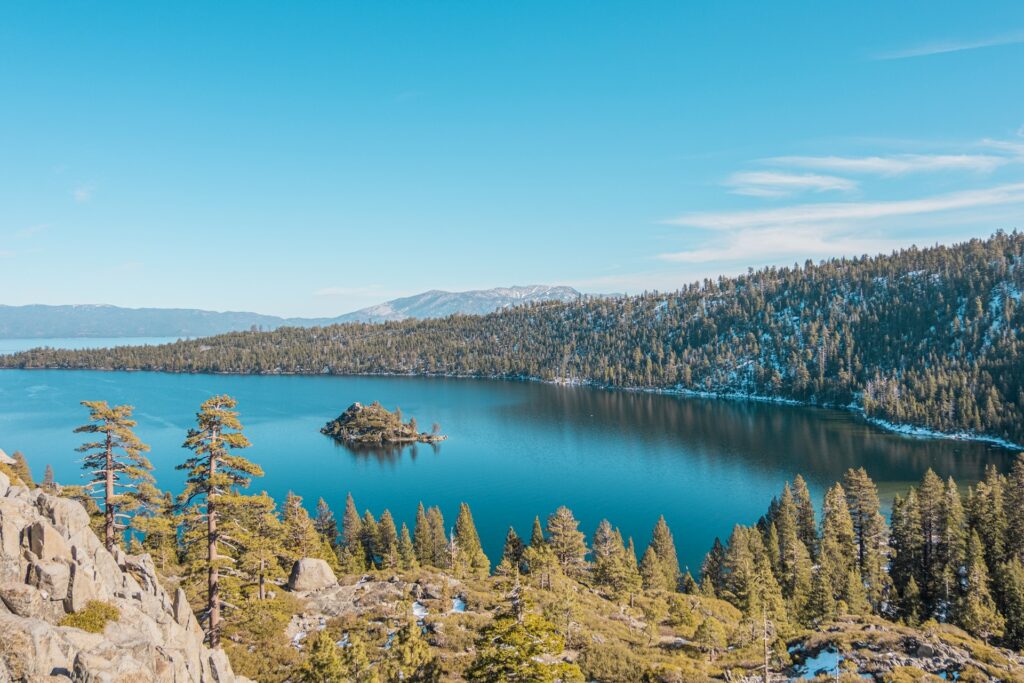
Straddling the California-Nevada border at 6,225 feet elevation, Lake Tahoe combines alpine majesty with remarkable water clarity that can exceed 70 feet of visibility. This dual nature creates a destination equally appealing in summer and winter, with beaches and hiking trails giving way to world-class ski resorts when snow blankets the surrounding Sierra Nevada mountains. Unlike many lake destinations that maintain a rustic character, Tahoe offers sophisticated dining, high-end accommodations, and vibrant nightlife, particularly on the Nevada side where casinos add another dimension to the experience.
The lake’s perfect blue waters result from a unique combination of depth (1,645 feet), minimal algae growth due to low nutrient levels, and the surrounding granite landscape—scientific factors that translate into a visual spectacle that has drawn visitors since Mark Twain described it as “the fairest picture the whole earth affords.”
The Finger Lakes: America’s Premier Wine Lake Region
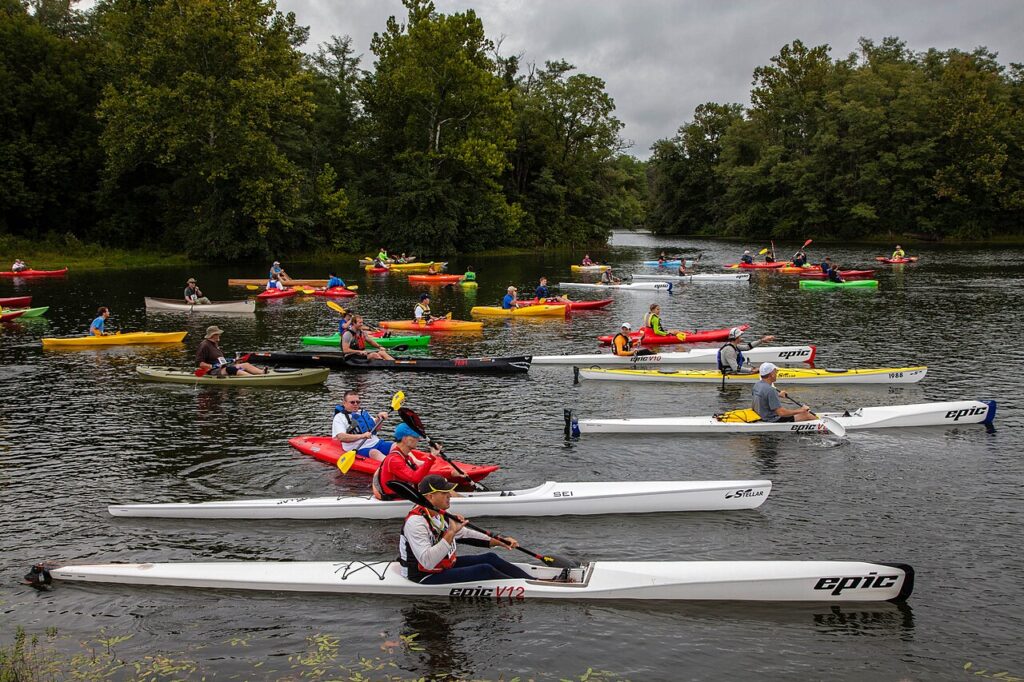
New York’s Finger Lakes region has transformed from a quiet countryside to one of America’s most sophisticated wine destinations, centered around eleven long, narrow lakes carved by ancient glaciers. The unique microclimate created by these deep lakes moderates the surrounding temperature, allowing for successful cultivation of cool-climate grapes like Riesling and Gewürztraminer that rival their European counterparts.
Beyond wine, the region offers a compelling mix of cultural and outdoor experiences, from the Women’s Rights National Historical Park in Seneca Falls to hiking trails that showcase over 1,000 waterfalls throughout the region. The lakes themselves, including the largest—Seneca and Cayuga—provide exceptional boating, fishing, and swimming opportunities, while historic lakeside towns like Skaneateles and Hammondsport maintain their 19th-century charm while embracing contemporary tourism.
Lake of the Ozarks: The Midwest’s Entertainment Hub
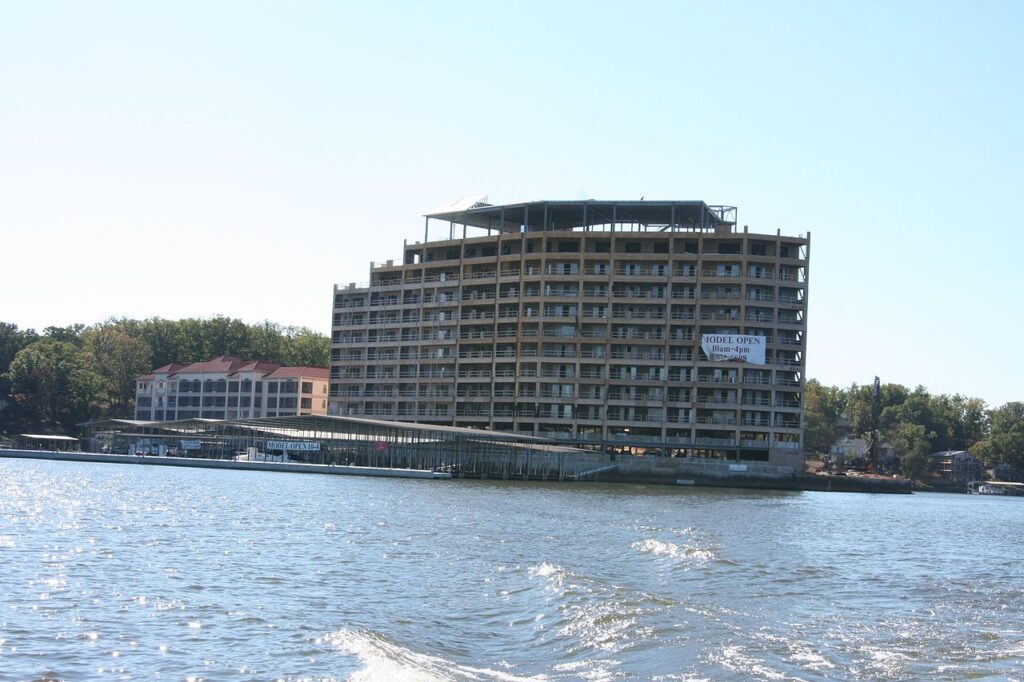
Created in 1931 with the construction of Bagnell Dam, Missouri’s Lake of the Ozarks represents one of America’s largest man-made lakes, with 1,150 miles of shoreline—more than California’s entire Pacific coast. Unlike more wilderness-oriented lake destinations, the Ozarks embraces its reputation for lively entertainment, with floating restaurants, elaborate boat parties, and the famous “Party Cove” area that has been called the oldest and largest boat party in the country.
Beyond the revelry, the lake offers exceptional fishing, particularly for bass, with professional tournaments drawing competitors from across the nation. The surrounding Ozark Mountains provide scenic hiking with overlooks of the lake’s distinctive serpentine shape, while caves like Bridal Cave offer underground exploration opportunities with impressive formations and constant 60-degree temperatures regardless of the season.
Lake Powell: Desert Meets Water in Dramatic Fashion
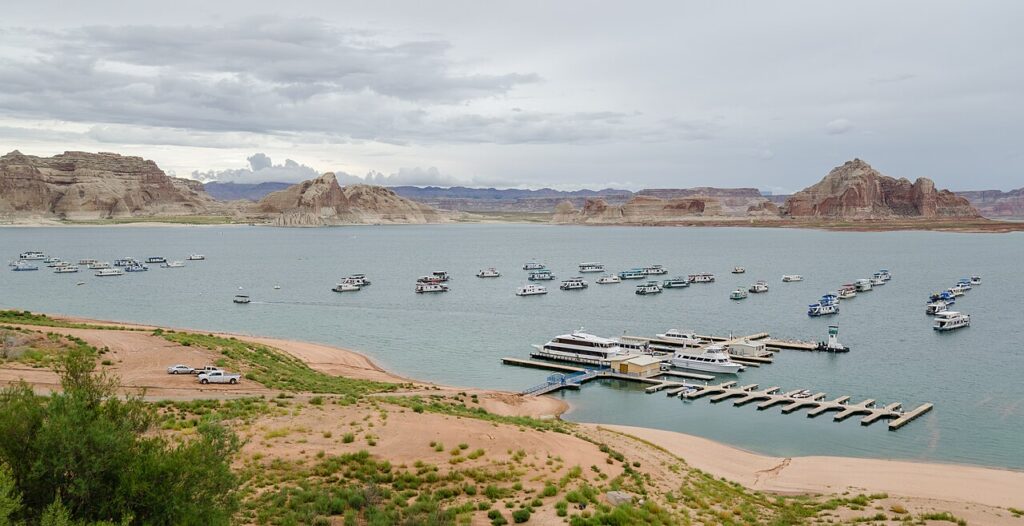
Arizona and Utah’s Lake Powell represents one of America’s most visually striking lake environments, where crystal blue waters contrast dramatically with red sandstone canyons rising hundreds of feet from the shore. Created by the controversial Glen Canyon Dam on the Colorado River, this massive reservoir offers a unique boating experience where watercraft navigate through narrow slot canyons with walls that seem to touch the sky.
Houseboating has become the signature Lake Powell experience, allowing visitors to spend days exploring remote arms of the lake that are inaccessible by land and anchoring in secluded coves beneath star-filled desert skies. The surrounding Glen Canyon National Recreation Area encompasses 1.25 million acres of backcountry desert, with hiking trails leading to natural bridges, petroglyphs, and panoramic vistas that showcase the extraordinary meeting of water and desert landscape.
The Affordable Alternative: Lake Vacations vs. Coastal Getaways
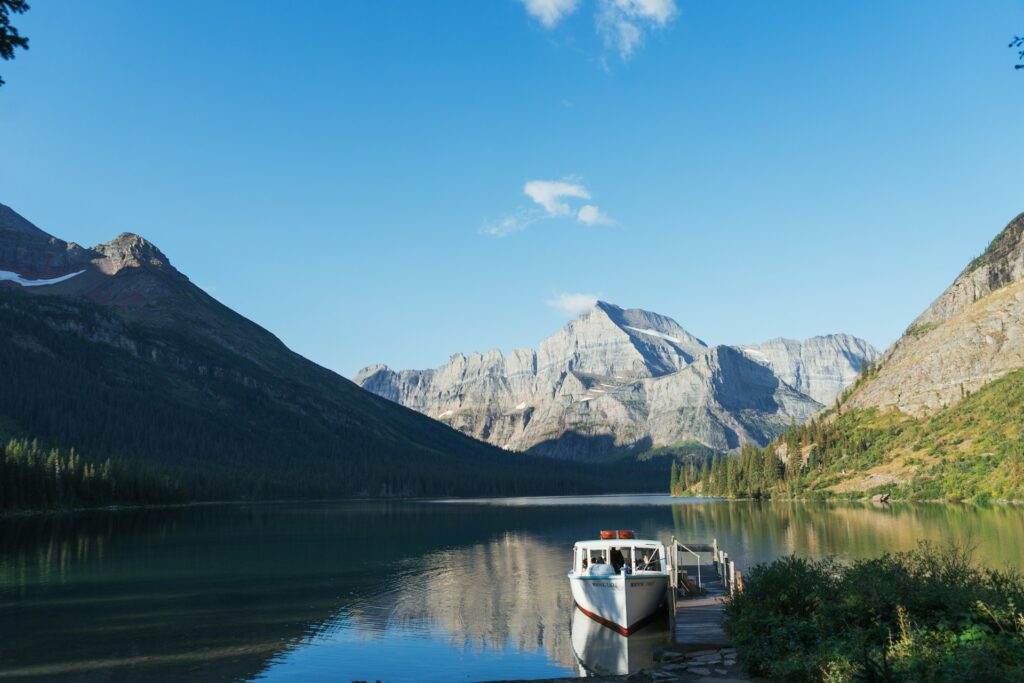
Economic considerations have significantly contributed to the rising popularity of lake destinations as Americans face increased travel costs. Compared to coastal beach vacations, lake getaways typically offer 30-40% lower accommodation costs, particularly when comparing lakefront properties to oceanfront equivalents. Many lake destinations lie within driving distance of major population centers, eliminating the need for expensive flights and rental cars that can add thousands to a family vacation budget.
The self-contained nature of many lake properties, with full kitchens and outdoor grilling areas, allows families to save substantially on dining expenses compared to resort destinations where eating out is the primary option. Additionally, many lakes offer free or low-cost recreation options like swimming, hiking, and fishing, contrasting with coastal areas where activities often come with substantial price tags.
The Rise of Luxury Lake Experiences
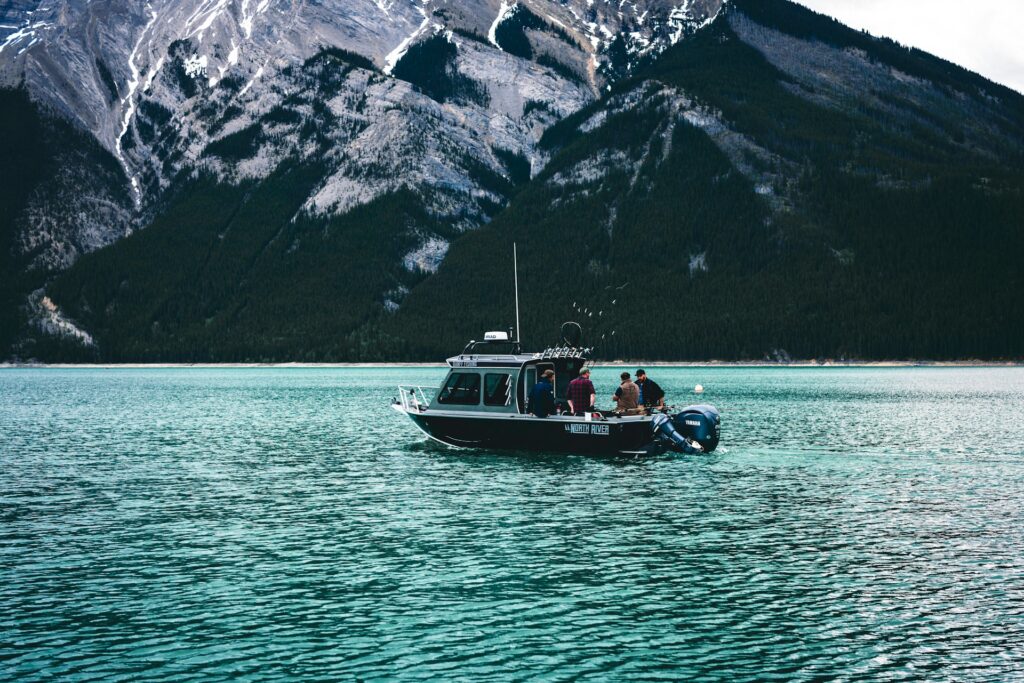
While lakes have traditionally been associated with rustic cabins and simple pleasures, recent years have seen the emergence of truly luxurious lake experiences catering to affluent travelers. Five-star resorts have appeared on lakeshores across America, including properties like The Lodge at Edgewood Tahoe, where rooms start at $800 per night and include private terraces with fire pits overlooking the water.
The boating industry has responded to this luxury trend with high-end rentals, including floating mansions like the 75-foot houseboats on Lake Powell that feature hot tubs, satellite entertainment systems, and professional-grade kitchens. Private lake experiences have also proliferated, with companies offering exclusive services like helicopter tours over Wisconsin’s Door County peninsula lakes, private chef dinners on secluded islands in Maine’s lake region, and guided fly fishing expeditions on Montana’s pristine lakes with renowned experts charging $1,000+ per day.
Lake Champlain: Where History Meets Natural Beauty
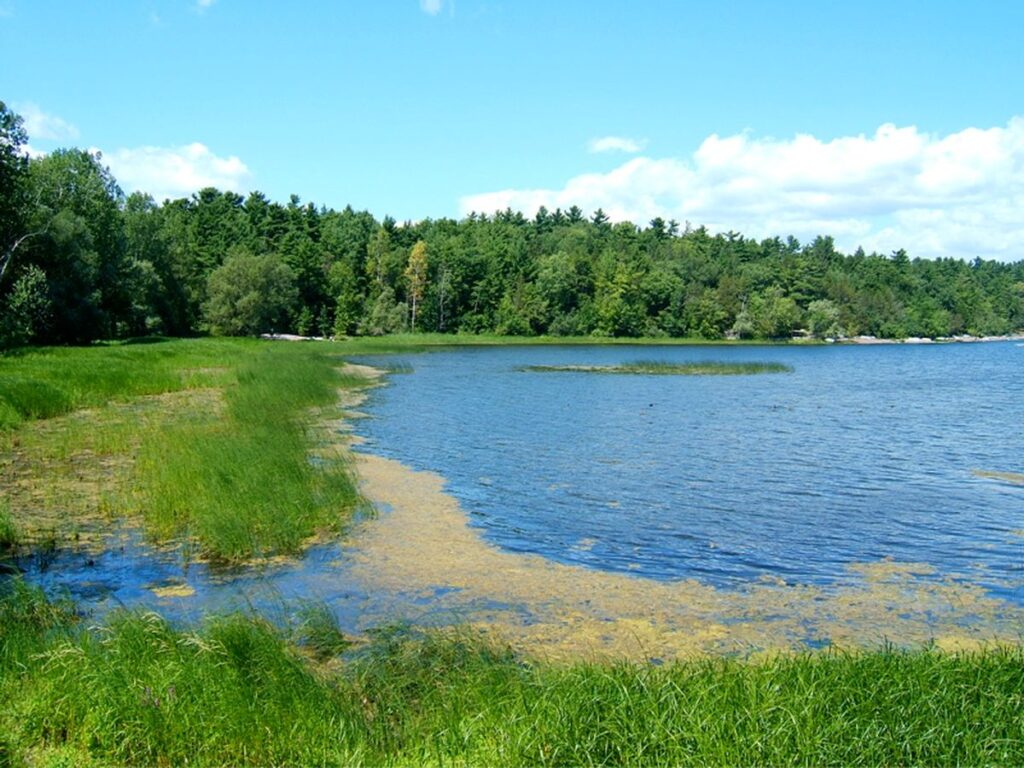
Stretching 120 miles between New York and Vermont with Canada at its northern end, Lake Champlain combines remarkable natural beauty with rich historical significance. The lake witnessed crucial developments in American history, including pivotal Revolutionary War naval battles and War of 1812 engagements that are commemorated today in excellent museums along its shores. Beyond history, the lake offers exceptional recreational opportunities, particularly sailing, with consistent winds making it one of the top inland sailing destinations in America.
Burlington, Vermont provides a perfect base for lake exploration, with its vibrant farm-to-table dining scene, waterfront parks, and the unique Island Line Trail—a bike path that crosses the lake on a former railroad causeway. The surrounding Adirondack and Green Mountains create spectacular backdrops for lake activities while providing additional recreational options when visitors want to venture away from the shore.
The Great Lakes Revival: Michigan’s Lake Destinations
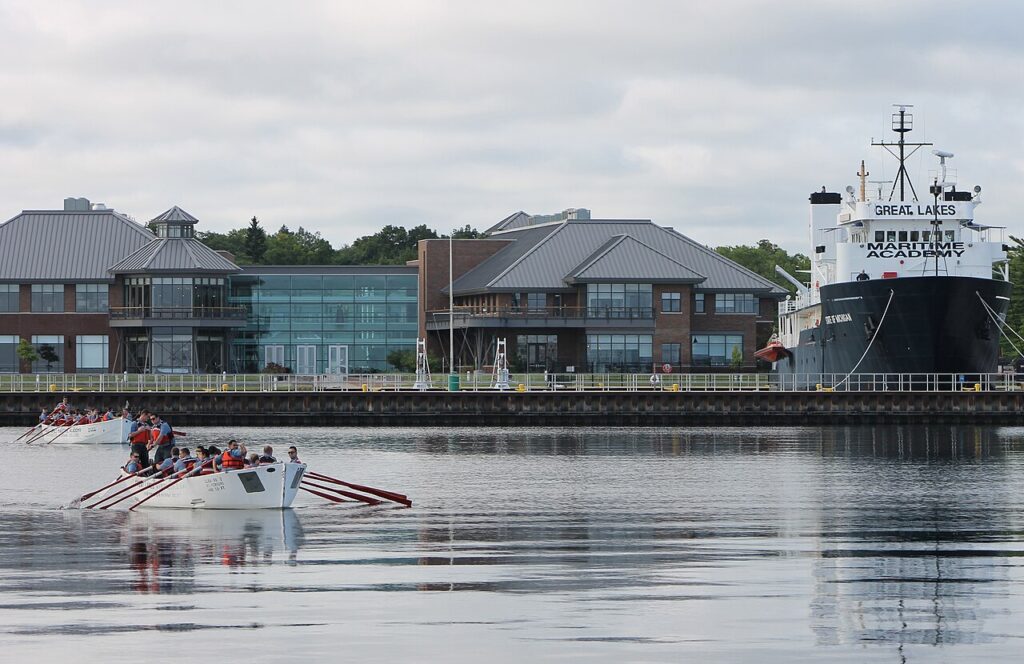
Michigan’s position surrounded by four Great Lakes has positioned it at the forefront of America’s lake vacation renaissance, with formerly industrial lakefront areas transforming into vibrant tourist destinations. Traverse City on Grand Traverse Bay (connected to Lake Michigan) exemplifies this revival, evolving from a cherry-producing region to a sophisticated destination with award-winning wineries, farm-to-table restaurants, and boutique accommodations that have earned it recognition in national travel publications.
The transformation extends to smaller communities like Saugatuck, where art galleries and design-forward vacation rentals have replaced commercial fishing operations, and Copper Harbor on Lake Superior, where mountain biking trails and kayaking outfitters have revitalized a former mining community. Michigan’s lake towns benefit from the state’s extensive public shoreline protection programs, which ensure beach access remains available to all visitors rather than becoming privatized as in many coastal regions.
The Future of Lake Tourism: Sustainability Challenges
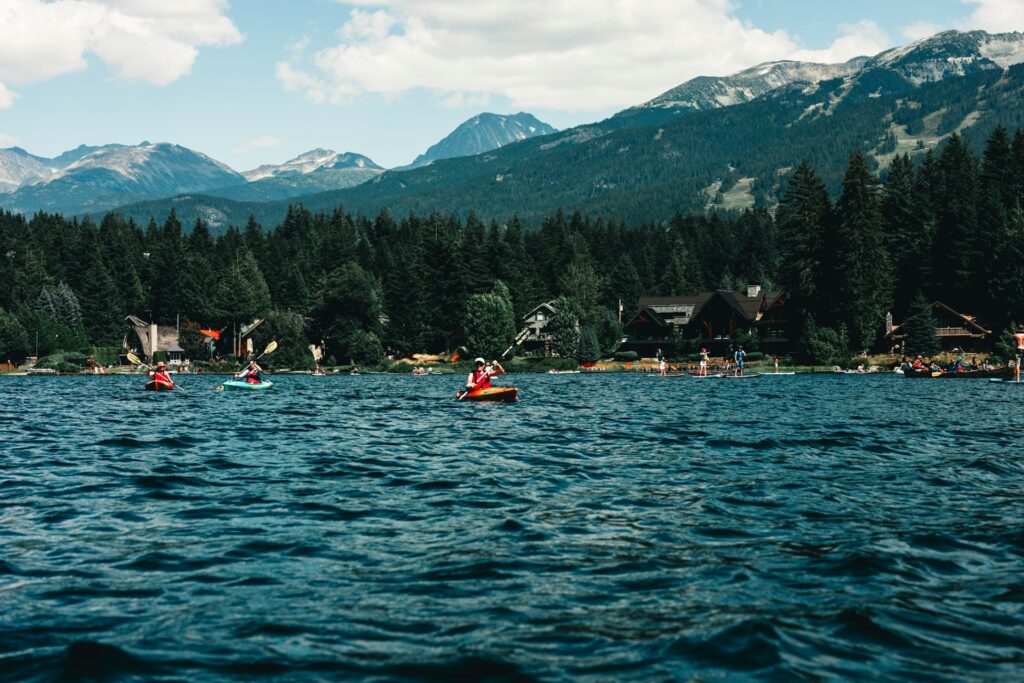
The surging popularity of lake destinations brings significant sustainability challenges that will shape their future development and appeal. Water quality concerns have emerged as a primary issue, with increased boat traffic introducing more engine pollutants and noise disruption to sensitive lake ecosystems. Climate change presents another serious threat, with warming waters encouraging harmful algal blooms in many lakes and changing precipitation patterns affecting water levels—Lake Mead’s dramatic shrinking stands as a stark warning of potential futures for other reservoir lakes.
Forward-thinking lake communities are implementing protective measures, including stricter boat emissions standards, expanded no-wake zones, and shoreline development restrictions that maintain natural filtration systems. Visitors are increasingly participating in these conservation efforts, supporting businesses that prioritize sustainability and participating in volunteer programs like the “Adopt-a-Lake” initiatives that now operate in destinations from Minnesota to Texas.
Conclusion
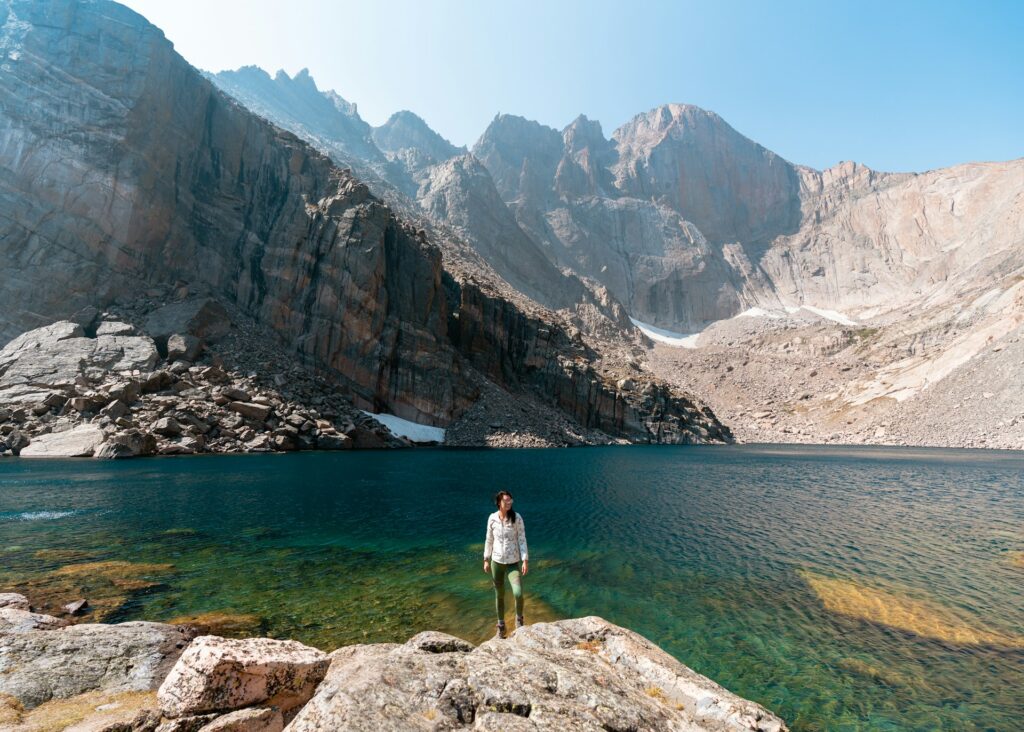
The profound American connection to lakes reflects something deeper than mere tourism trends—it speaks to our collective need for accessible natural spaces that offer both recreation and reflection. As travelers continue seeking authentic experiences that provide genuine respite from modern stresses, lake destinations are uniquely positioned to thrive. Their combination of natural beauty, recreational diversity, and emotional resonance creates vacation experiences that satisfy on multiple levels.
Whether watching a sunset from a dock in Maine, paddleboarding through Michigan’s clear waters, or simply listening to waves lap against the shore of a desert reservoir, lake getaways offer a distinctly American form of escape—one that connects us to our landscape, our traditions, and ultimately, to ourselves. As we navigate increasingly complex times, the simple pleasure of time spent beside a lake may be exactly the reset we need.

